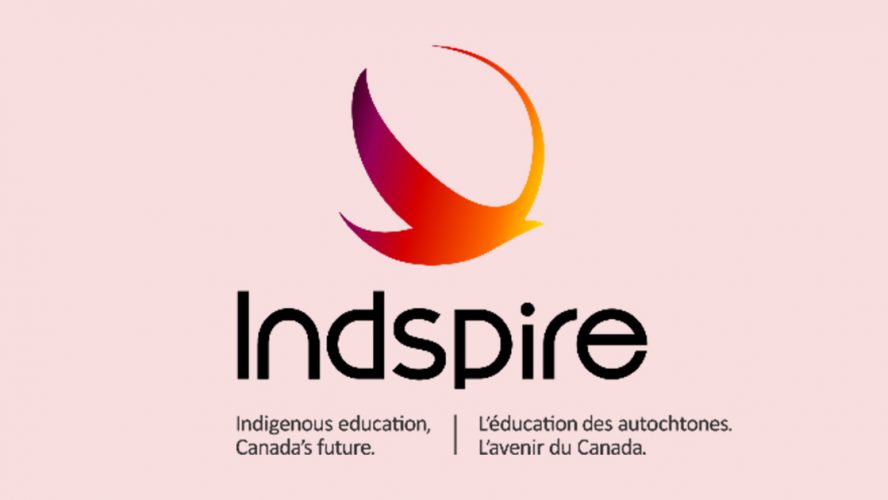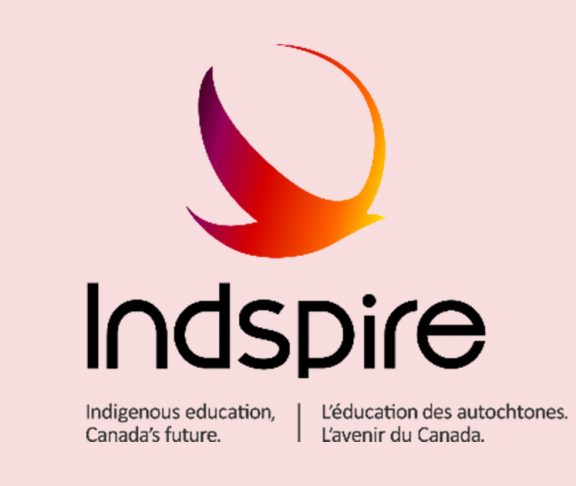
Mike DeGagné
President & CEO, Indspire

Sandra Odendahl
Vice President of Social Impact & Sustainability at Scotiabank
As we chart the course for Canada’s Indigenous future, we must look at the challenges and barriers that have hindered Indigenous self-determination with clarity and honesty.
Education is one of the greatest drivers of generational change. Yet today, only 53 percent of Indigenous youth are graduating high school, with fewer still going on to post-secondary education. Even for those indigenous students who are on the path to higher education, the financial burden and lack of institutional support can be daunting.
“There’s this misconception that all Indigenous people have all kinds of funding available to them for post-secondary education,” says Mike DeGagné, President and CEO of Indspire, an indigenous national charity focused on educational investment. “People think that all Indigenous students will get a full ride to university. That’s not the case at all. Programs and services to specifically support Indigenous people are still relatively new, and most Indigenous people identify funding as the key barrier to pursuing post-secondary education.”
“At the heart of every Indigenous initiative, since we were given the vote in 1960 through today, is the desire for self-determination. Education and career preparedness are absolutely critical to realizing that self- determination.” — Mike DeGagné, President & CEO of Indspire
Partnerships are the key to success
Policy initiatives at the governmental level, and activism at the community level, have driven significant improvements in Indigenous educational opportunity over recent decades. But real change requires a broad degree of cooperation across all sectors. Scotiabank, despite its global presence, credits partnerships with community-driven groups like Indspire as essential to the success of its social initiatives.
“When we think about how to use our size and influence to help drive change, we’ve got to pick something where we can see the ability to inspire other people and support other groups to take action,” says Sandra Odendahl, Vice President of Social Impact and Sustainability at Scotiabank. “We really can’t make as big of an impact without the help of the experienced and knowledgeable organizations and individuals who do this literally every day. When we spoke to the Indspire team about their ideas for a partnership, they showed us that education is the most significant way of ensuring social and economic prosperity for Indigenous people — period.”
With its new $500 million ScotiaRISE initiative to promote economic resilience among disadvantaged populations, Scotiabank is doubling down on its commitment to helping organizations like Indspire grow educational and economic opportunities.
“Scotiabank is looking to make sure that more of our students are graduating from high school and transitioning into post-secondary education,” says DeGagné. “They’re supporting our scholarships and our aspirational initiatives like the Soaring program, giving people an opportunity to think about careers and a future that they wouldn’t ordinarily think about. It supports our Excellence program at the Indspire Awards and our national gathering. And it’s also investing in the career advancement side, which is super exciting. This is the part that I’m most looking forward to working with them on.”
Pouring the foundation for a stronger future, today
Much progress has already been made in pulling down the systemic barriers and historical impediments to educational achievement for Indigenous youth. But there’s still a long way to go, and getting to somewhere we can be proud of requires an honest appraisal of our past and an optimistic approach to our future.
“I want people in every sector to be writing a speech they hope to give 30 years from now,” says DeGagné. “We want to be able to say that the lives of Indigenous people, and their contributions to Canadian society, have improved dramatically and it’s all because of changes we made 30 years ago in 2021.”



